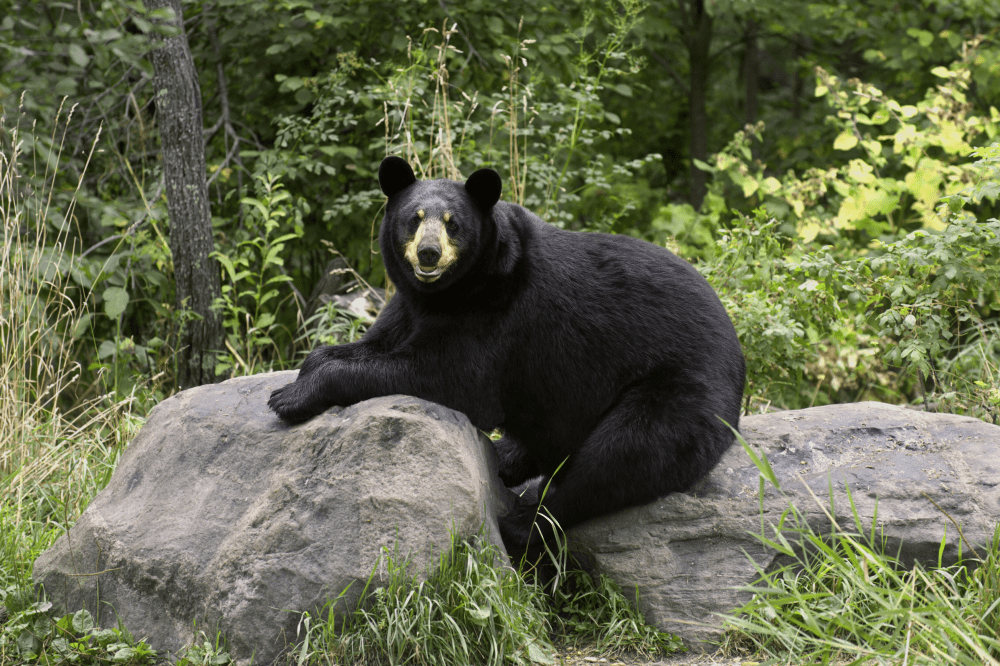“What’s in a name?” When the Bard posited this profound question, he was on about some star-crossed lovers, but we’d like to apply it instead to black bears. Ursus americanus – a delightfully fluffy bear found across the US, Canada, and Mexico – is called the black bear despite the fact that some of them are obviously brown. Why? Well, it’s a delicious-sounding quirk of genetics.
Brown black bears can be pretty hard to tell apart from grizzly bears (Ursus arctos), complicated by the fact that their ranges overlap. That some black bears started to look like grizzlies has historically been suggested as a mimicry strategy, but new research claims to have pinned down the true explanation. Enter, the cinnamon morph.
Armed with DNA and hair samples of hundreds of North American bears (black bears, brown black bears, and grizzlies), researchers at HudsonAlpha, the University of Memphis, and the University of Pennsylvania decided to investigate potential causes for the cinnamon color of some black bears.
Their results identified a gene variant (TYRP1R153C) that’s responsible for cinnamon varieties of brown black bears as it acts on these animals’ melanin, the pigment produced by the skin’s melanocytes. There are two key kinds, and in “cinnamon morph” black bears (as they’re known), this genetic variant means they have less of one that causes a black-brown color.
The dominant pigment is pheomelanin, a reddish-yellow pigment, and the concentrations of each in cinnamon morph bears are more similar to that of grizzlies, which explains why they can look so similar in their coloration.

“Call that a black bear? THIS is a black bear?” – Black bear on brown black bears, 2022. Image credit: Scenic Shutterbug / Shutterstock.com
The results not only clarify the confusing cross-over, but also rule out past explanations.
“Based on its wide range today, the TYRP1R153C mutation that arose in black bears over 9,000 years ago probably gave an advantage to the cinnamon bears,” Emily Puckett, PhD, an Assistant Professor of Biological Sciences at the University of Memphis, said in a statement.
“We used genetic modeling and simulations to predict the selective forces acting on the cinnamon morph. But our predictions ruled out the grizzly mimicry hypothesis as well as another hypothesis having to do with thermoregulation.”
It’s their suggestion that instead crypsis was the driving factor that saw black bears turn less black. It relates to how well an animal can blend in with its environment (something great gray owls are extremely good at).
Black bears are omnivores who forage as well as hunt, so it may be that being a toasty cinnamon morph makes it easier to sneak up on things in the forest, or perhaps that they’re just less visible in general.
Whatever the driving cause, it’s a reminder that genetic variation in melanin biosynthesis can have a big impact on an animal’s appearance, something worth remembering if you’re ever jealous of a black bear’s luscious cinnamon coat. Maybe they’re born with it, maybe it’s mutated genes.
The study was published in Current Biology.
Source Link: Why Are There Brown Black Bears? Thanks To A Delicious Mutation